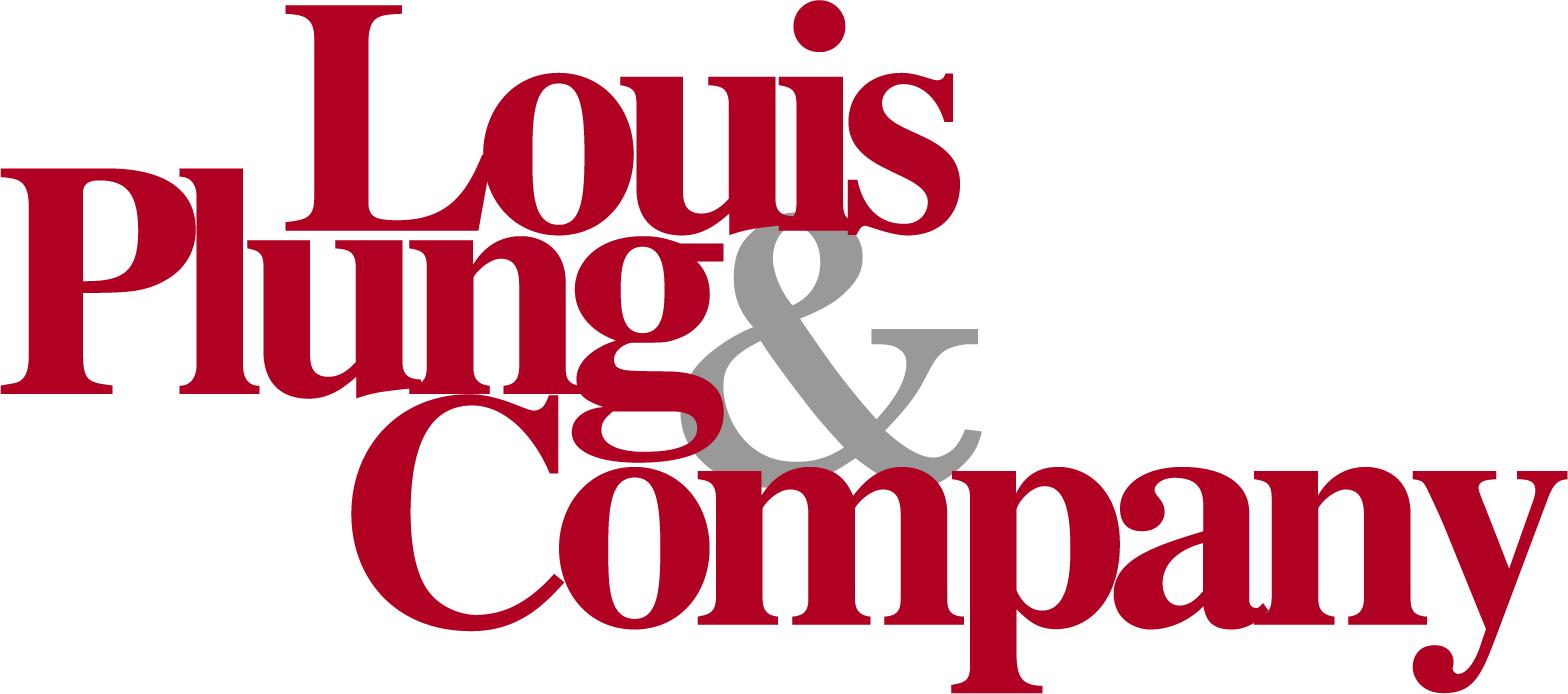Federal Tax Changes to Consider Now Before Year-End

With the close of 2022 fast approaching, businesses should evaluate several tax law changes that can impact the current year income tax liabilities and the final estimated tax payments.
Phase Out of 100% Bonus Depreciation
The Tax Cuts and Jobs Act (TCJA) increased first-year bonus depreciation for federal income tax purposes to 100% for assets placed in service after September 27, 2017. However, the 100% bonus rate is scheduled to be reduced to 80% in 2023 and by 20% increments each following year until it is fully phased out by the beginning of 2027. The new bonus amounts will be as follows:
- 80% for property placed in service after December 31, 2022 and before January 1, 2024;
- 60% for property placed in service after December 31, 2023 and before January 1, 2025;
- 40% for property placed in service after December 31, 2024 and before January 1, 2026; and
- 20% for property placed in service after December 31, 2025 and before January 1, 2027.
Qualified property eligible for bonus depreciation includes depreciable assets with a recovery period of 20 years or less including machinery, equipment, vehicles, furniture, and computer software. After some initial uncertainty caused by legislative language in the TCJA, qualified improvement property, such as interior upgrades to buildings, is also considered qualified property for purposes of bonus depreciation.
The bonus depreciation rules can result in significant federal tax savings. The key to eligibility for any of these bonus depreciation percentages is to ensure that the assets are “placed in service” prior to the deadline. It is not enough to simply purchase qualified property by December 31, 2022; the property must actually be placed in service and used by the taxpayer in order to qualify. Businesses that plan to purchase fixed asset additions may wish to accelerate the process into 2022, and make sure the assets are placed in service by the end of the year to take advantage of the 100% bonus deduction.
Unfortunately, many states (such as Pennsylvania) do not follow these rules and require depreciation deductions to be taken over a longer period in determining state tax liability. In these cases, there will be no change to the state tax depreciation deduction.
Amortization of Research Expenditures
Prior to the TCJA, businesses had the option of immediately expensing research and development expenditures when paid or incurred or electing to amortize the costs over a period of five years (ten years for the alternative minimum tax) which allowed taxpayers to either utilize the deductions immediately or choose to defer them.
For tax years beginning after December 31, 2021, the TCJA eliminates this option and requires taxpayers to capitalize their R&D expenditures and amortize them over five years (15 years for costs attributable to research conducted outside the United States) using a half year convention.
Businesses that engage in software development may be particularly impacted. The TCJA clarifies that any software or website development activity qualifies as R&D expense. Amortization of the R&D expenditures, including software and website development costs, must continue over the required period even if the underlying property is disposed, retired, or abandoned during the amortization period.
The state treatment of R&D expenses does not necessarily conform with the federal tax law treatment. States vary in their conformity with federal tax law, with some automatically following federal law (rolling conformity), others following as of a specific date (static conformity) and others only following specific federal laws (selective conformity).
For example, Pennsylvania generally has rolling conformity with the Internal Revenue Code specific to corporate income tax with exceptions such as net operating loss and bonus depreciation treatment. For corporate tax purposes, Pennsylvania conforms to the federal treatment of research and development expenditures under the TCJA. However, Pennsylvania has selective conformity with the Internal Revenue Code for personal income tax purposes which governs pass-through entities. Therefore, pass-through entities filing in the state would be able to fully deduct R&D expenses in the year incurred on their Pennsylvania tax returns even though they are required to capitalize and amortize the same expenditures on their federal tax returns.
Businesses need to be aware of the state tax law governing R&D expenditures in the states in which they are required to file tax returns. This includes maintaining R&D expenditure amortization schedules for both federal and state tax purposes and being aware that federal taxable income and state taxable income may differ as a result of differences in tax law.
There have been several bipartisan legislative proposals to delay or repeal the amortization of the R&E expenses required by the TCJA. No action has been taken by Congress as of the date of this article.
Business Interest Expense Limitation
Another change in tax law for 2022 involves the calculation of the business interest deduction limit under IRC Section 163(j). The deduction is generally limited to 30% of the taxpayer’s adjusted taxable income (ATI) for the tax year.
For tax years beginning before 2022, ATI is calculated by taking the taxable income for the tax year as if Section 163(j) does not apply and then adding or subtracting certain amounts from it for the year. Examples of amounts added back include deductions for interest expense, net operating losses, depreciation, amortization, and depletion.
For tax years beginning after 2021, the deductions for depreciation, amortization, and depletion are no longer added back to taxable income to determine ATI. As a result, some businesses may find that their business interest deduction will be reduced even further compared to tax years 2018-2021.
Certain real estate and farming businesses may qualify for an exception from these rules. When they elect out of these rules, the business must depreciate certain assets under the Alternative Depreciation System, resulting in longer depreciation periods and lower annual depreciation deductions. In addition, these businesses must forego bonus depreciation. The decision to elect out of the business interest expense limitation is one that should be made under the guidance of professional advisors to ensure taxpayers consider all the implications of their actions, including the current and future financial and tax impact on the business entity.
Small businesses are eligible for an exception to Section 163(j). A small business is defined as having average annual gross receipts for the prior three years of $25 million indexed for inflation. For 2022 the threshold is $27 million. (Be aware that taxpayers may need to include the gross receipts of related parties for purposes of determining whether this threshold has been met.)
Time To Act
These new rules can be complex and have a significant impact on the taxable income of businesses. The Louis Plung tax professionals can help you analyze and evaluate the effect of these changes. Take action now to evaluate your tax position for 2022!
Please contact your Louis Plung advisor with any questions about the transition to myPATH or email [email protected].




